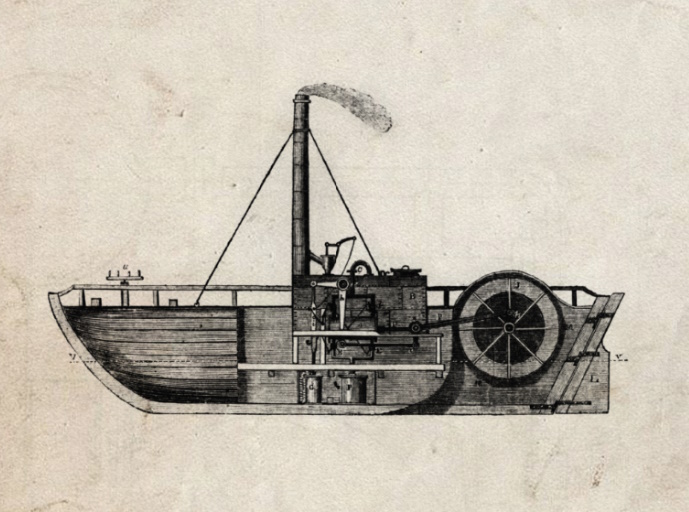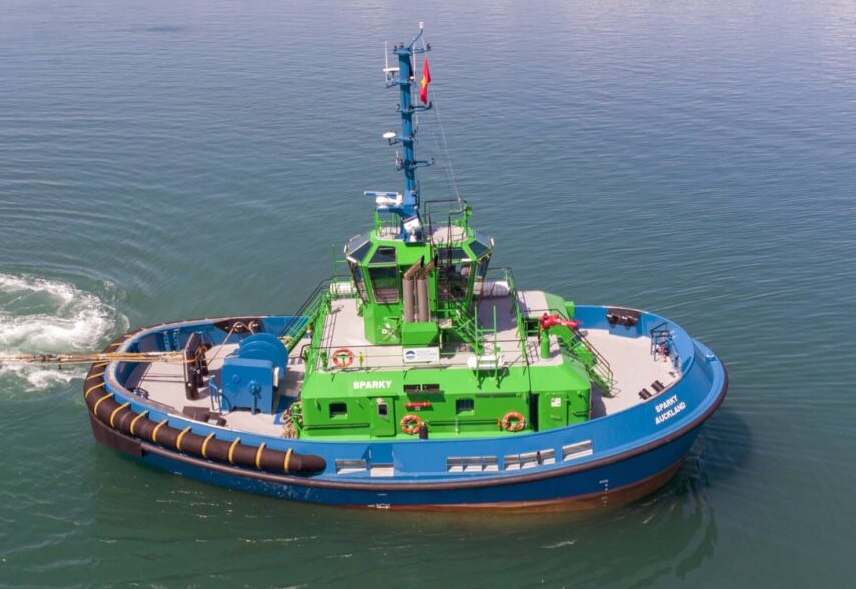The Evolution of Tugboats: From Steam to Electric
Tugboats have been an integral part of maritime transportation for centuries, and their evolution over time has been significant. These small but powerful boats have been used to maneuver large vessels, push and pull barges, and perform various other tasks in ports, harbors, and waterways around the world.
The earliest tugboats were small and manually operated, with crews using oars and long poles to push or pull ships into port. These boats were often made of wood and had low horsepower, making them less effective in strong currents or adverse weather conditions. However, they played a crucial role in ensuring the safe passage of ships and goods.
In the early 19th century, steam-powered tugboats were introduced, and they quickly became popular due to their increased power and maneuverability. These boats had more horsepower and could handle larger vessels, making them essential for the growing maritime industry. The steam-powered tugboats were also more efficient and allowed crews to work longer hours, which increased productivity and reduced transportation costs.

The next significant evolution in tugboat technology came in the mid-20th century, with the introduction of diesel engines. These engines were more powerful and fuel-efficient than steam engines, allowing tugboats to operate more efficiently and cost-effectively. Diesel engines also provided a safer and more comfortable working environment for the crew, as they produced less noise and vibrations than steam engines.
In recent years, there has been a growing interest in eco-friendly and sustainable tugboat technology. Many new tugboats are being designed with electric propulsion systems that produce fewer emissions and require less maintenance than traditional diesel engines. Some tugboats are also being built with hybrid engines, which use both electric and diesel power, to further reduce emissions and fuel consumption. Hydrogen-powered tugboats are a promising new development in the tugboat industry. These boats use hydrogen fuel cells to produce electricity, which powers electric motors to drive the propellers. Hydrogen fuel cells are a clean and efficient source of energy, producing only water as a byproduct.

Another significant development in the evolution of tugboats has been the use of advanced technology to improve safety and efficiency. Modern tugboats are equipped with sophisticated navigation systems, radar, and communication equipment that allow crews to operate in even the most challenging conditions. These technological advancements have made tugboats safer and more efficient than ever before.
In conclusion, the evolution of tugboats has been a long and fascinating journey, with each new advancement leading to improved efficiency, safety, and environmental sustainability. From humble beginnings as small wooden boats operated by hand to modern, high-tech vessels powered by electricity, tugboats continue to play an essential role in the global maritime industry. As we look to the future, it’s clear that the evolution of tugboats will continue, with new technologies and innovations that will further improve their performance and efficiency.
News
- The Pros and Cons of Using LNG to Power Tugboats
The maritime industry is undergoing a significant transformation, with growing emphasis on sustainability and reducing environmental impact. Liquefied Natural Gas (LNG) has emerged as a promising alternative to traditional marine […]
- A Thirsty Canal: The Ongoing Struggle with Drought in Panama
The Panama Canal, a monumental engineering feat connecting the Atlantic and Pacific Oceans, faces a formidable adversary: drought. As climate change exacerbates water scarcity issues globally, the canal’s reliance on […]